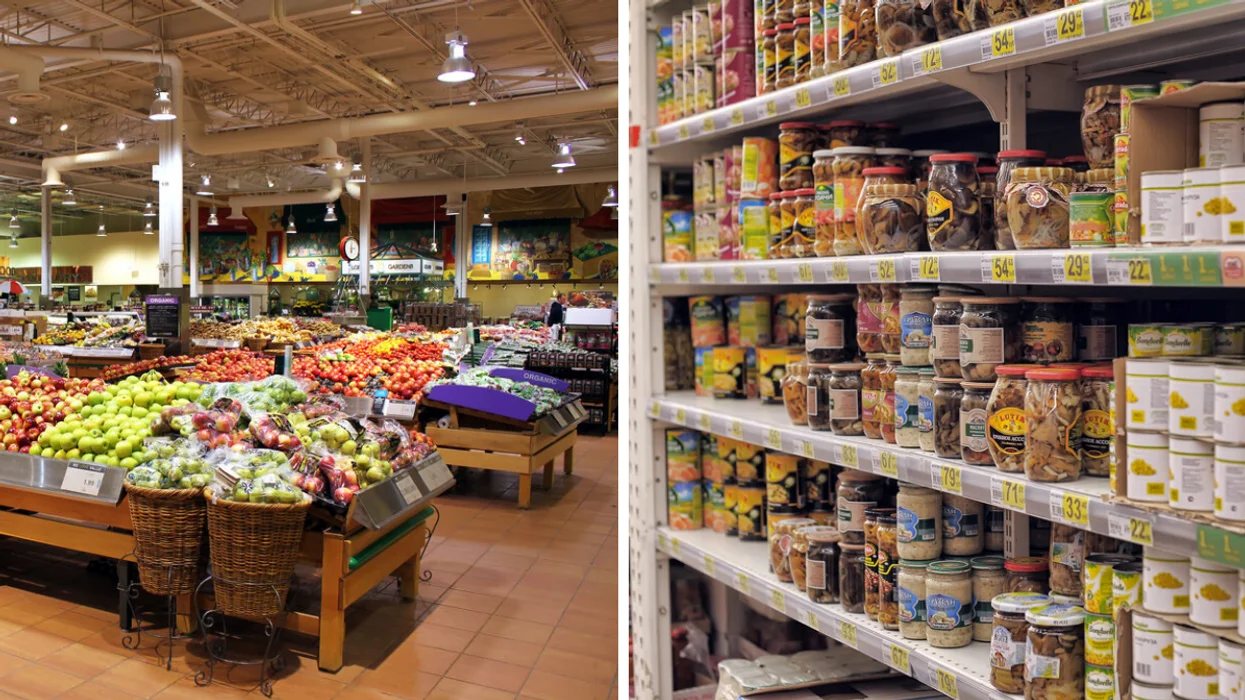Oppotunities
How newcomers can cut costs at Canadian grocery stores

Much like various nations worldwide, Canada is also grappling with escalating living expenses for a wide array of goods and services, including groceries.
In the Canadian context, the ability to affordably purchase groceries holds significant importance for leading a comfortable life, especially for newcomers and their families, as it facilitates the acquisition of daily essentials.
Exploring the Eligibility for Canadian Immigration
Given the mounting cost of living in Canada, this article will unveil three strategies applicable to all Canadians, particularly those new to the country, to effectively economize while shopping for groceries.
-
Price Matching: Price matching encompasses a practice that empowers consumers to provide evidence that a competing retailer offers the same product at a lower price. This applies to any product, ranging from bananas to toilet paper.
In instances where grocery stores follow a price match policy, they adjust the product’s price accordingly, enabling customers to procure the item at the lower cost.
Note: Price adjustment/match policies differ among stores, reflecting the varied approaches of retailers to provide customers with the most economical price feasible.
It’s noteworthy that not all Canadian grocery stores implement a price match policy. However, the following six major grocery retailers uphold this policy throughout the country:
- FreshCo
- No Frills
- Real Canadian Superstore
- Giant Tiger
- Maxi
- IGA
-
Buying in Bulk: Numerous Canadian grocery stores extend discounts on individual items when customers purchase in bulk quantities. For instance, while a single sports drink may cost $3.00, a grocery store might offer a 3-for-$7 deal on the same drink.
This means that acquiring three bottles/cans of the sports drink translates to each unit costing $2.30 instead of $3.00. This approach proves advantageous when buying for a sizable household or stockpiling items for future use, such as canned goods and toilet paper.
-
Using Coupons: Coupons serve as a widely embraced method to save money while shopping for groceries. Canadians can access these discounts through email, mobile apps, newspapers, or mail. Retailers extend these savings to customers through the coupons provided.
Often, coupons contribute savings ranging from 50 cents to several dollars on a single item. When employed wisely, these savings can accumulate and provide newcomers with substantial financial relief.
Navigating the Challenges of Rising Living Costs as a Newcomer in Canada
The strategies above form just one facet of how new Canadians can navigate Canada’s escalating cost of living. In conjunction with these insights, the Canadian government offers an array of support options at both the federal and provincial levels to mitigate the impact of rising expenses.
At the federal level, some of the support mechanisms include:
- Goods and Services (GST) Tax Credit, anticipated to aid approximately 11 million low-to-moderate-income Canadians
- Canada Workers Benefit (CWB), designed to supplement the income of Canada’s lowest-earning workers
- Canada Dental Benefit, aimed at promoting affordable dental care through tax-free payments covering dental expenses for children under 12
Provincially, various regions across Canada furnish analogous benefits to their residents, such as the Ontario Child Benefit, Affordable Housing programs in Alberta, and the British Columbia Early Childhood Tax Benefit. A comprehensive list of provincial/territorial benefits can be accessed here, providing links to respective government benefits/programs pages for each province and territory in Canada.













